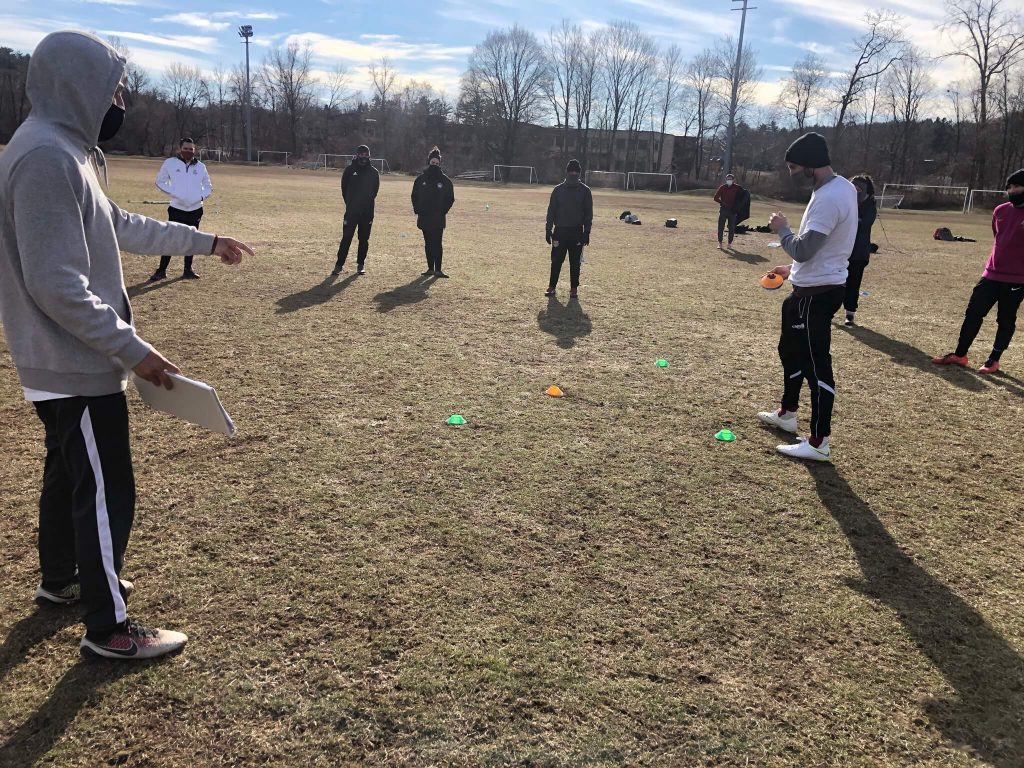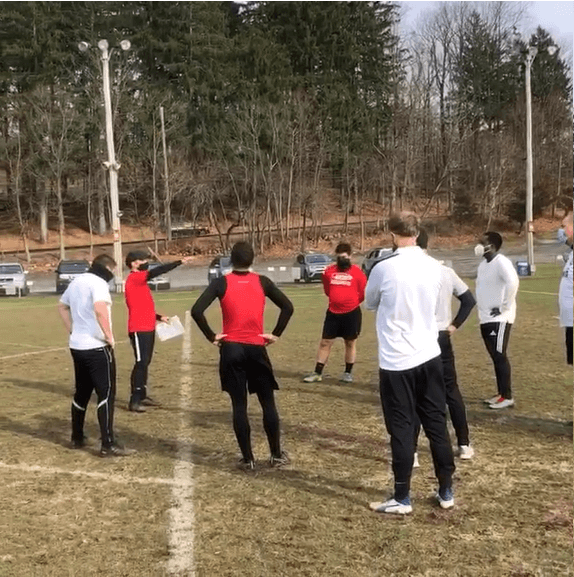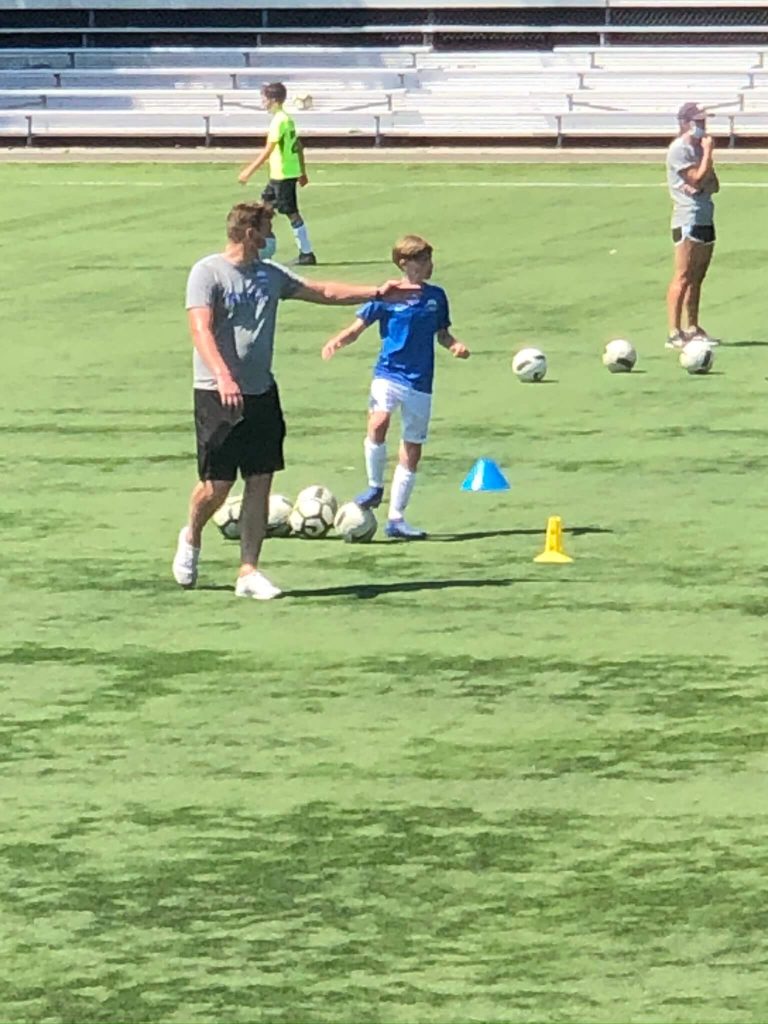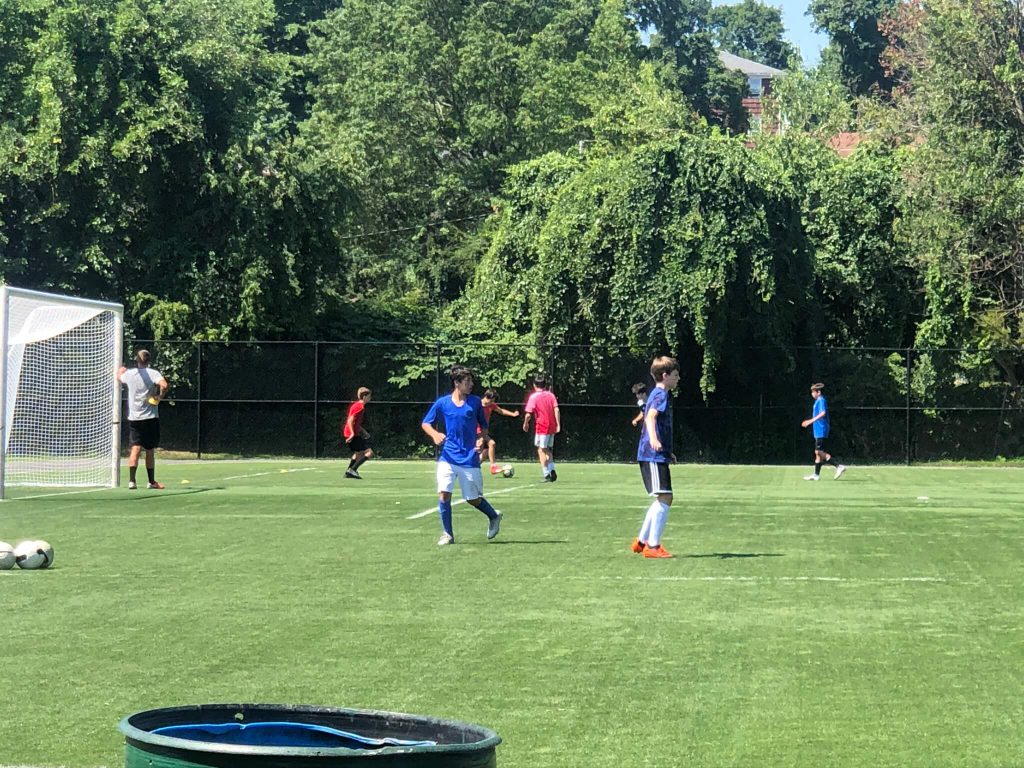Finding Balance

“To not do something for someone who could and should do it for themselves is an act of love”, according to John Wooden, former UCLA Men’s Basketball Coach
Striking the balance when to coach, and when not to coach is an important skill that coaches need to apply to their players, so they can reach their full potential. Over-coaching restricts the decision-making, risk-taking, and creativity of players.
My Way or The Highway
When I started coaching my first travel team was a U12 boys’ team. During our first season, I clashed ‘heads’ with several of the players, and at times with parents too.
I had my philosophy and style of play that rubbed some of the players the wrong way. I was hired as the coach that meant I knew the best way how to develop the team.
I remember one instance when we had tryouts and I did not select a player who was regarded as ‘good’, plus his parents were close friends with some parents on the team. This created caused many awkward moments for the coach-player and coach-parents relationship.

Effective Coaching or Over-Coaching
Recently one of my students shared his experience from a training session. His team was practicing a 3 versus 2 attacking game at goal with numbers. His attacking central player played the ball out wide straight away, despite the defenders leaving the middle of the field wide open.
After he came back, as the next group was going, he pulled him aside and asked him to next time to try and take the space, and if the defenders don’t come to you, have a shot at goal. He did the next time and finished with a beautiful shot into the top corner of the goal.
Coach Centered

Finding the right balance between coaching and over-coaching can be a challenge. Over-coaching hinders growth and development and prevents the player from being creative.
The signs of over-coaching can be frequently seen on the field. Three of the more common are as follows.
- Only Takes One
The first mistake or decision by the player, that you are not in favor of, will involve correcting and you providing your opinion. Whether your coaching point is correct or not, players need time to adjust to the demands of the game. - Feeding Answers
Are you solving the problems by proving the answers? Do you give them answers to remember, instead of problems to solve? Within each player there is a game, can you unlock their potential by creating tasks that they figure out? - Your talking
If you are talking more than your players when you are coaching, now it is about you and how much you know, rather than the problems your players are facing.
Player Centered

Over-coaching is a major problem in youth coaching. Coaches love to talk, control, and instruct. When these actions are by the coach, they dominate the coaching environment and prevent players from being at their best. For players to perform at their best they need to have ownership in the game. Their input needs to be valued in the decision-making.
10 common mistakes which shows you are over-coaching
- They can’t process the information
Many players can’t remember all the different objectives asked to carry out. Often times when you start coaching on a theme you shift to other subjects. You ended up talking about everything, which ends up being nothing. - Players on a team won’t talk to each other
Your half-time or practice talks are centered around the coach. You talk most of the time and your players are silent. - The moment is gone
The game moves so quickly, the play you aimed to coach would have already passed. - It’s about them, not you
Every moment is an opportunity for your players to experience->reflect-> develop->apply. Making mistakes is an opportunity for learning. - You miss a chance to analyze the game
When you are always coaching you can’t take stock of the problems your players are facing. Worst you will not have meaningful solutions. - You miss the chance to coach those you can and should influence.
When you look away from the ball you can see players who need coaching. Players away from the ball can be influenced positively, for example, when the ball is up the field get your GK to get off the goal line and out of their box. - You Make your players nervous
When you are constantly coach players become. Often referred to as paralysis by analysis. - They stop listening
If you are always telling your players what to do. They will start tuning you out. You may be coaching but they are not listening. - You may be wrong
Players don’t see what coaches see. Players see the game from the ‘Back-To-Front’ movement, and coaches see from the ‘Side-To-Side’ movement. - Players can’t be brilliant if you are pulling the strings
Soccer is a game of mistakes. When you are pulling the strings from every mistake, they can’t become brilliant they can only be robots.
Don’t Tell Them, Sell Them
When you start coaching immediately after play starts – you are over-coaching. When you are giving answers to remember, instead of problems to solve – you are over-coaching. When you talk more than your players – you are over-coaching.
Over-coaching limits your players’ imagination and creativity which prevents them from reaching their potential. Telling them all the time will not improve their performance until you learn to sell them.
What are some of your over-coaching faults?
Here is a FREE guide sheet to prevent you from over-coaching.
Guide Sheet – Avoid Over-coaching
References
- Ten Reasons To Not Coach The Player in Possession. United Soccer Coaching, LLC, Official Coerver Licensee
Leave A Comment